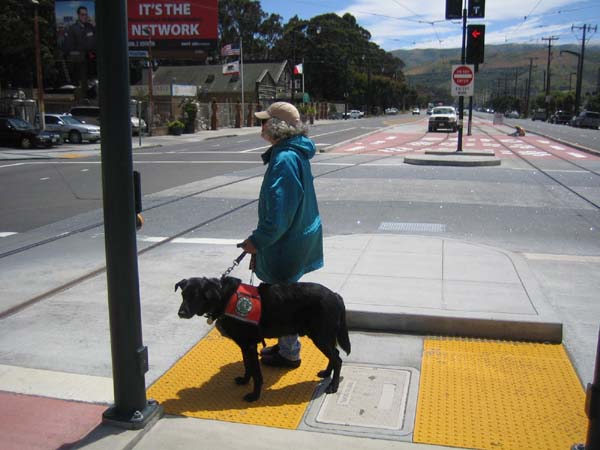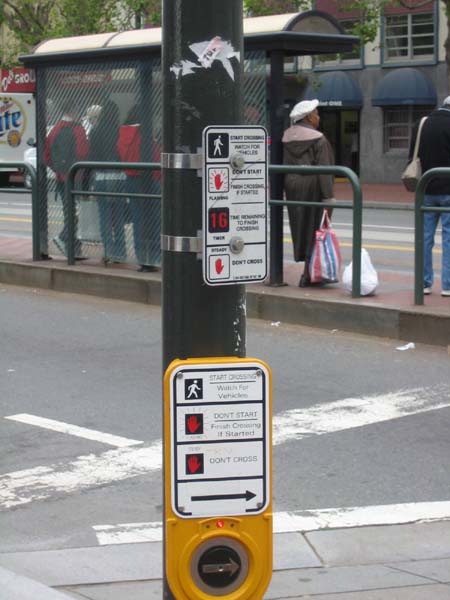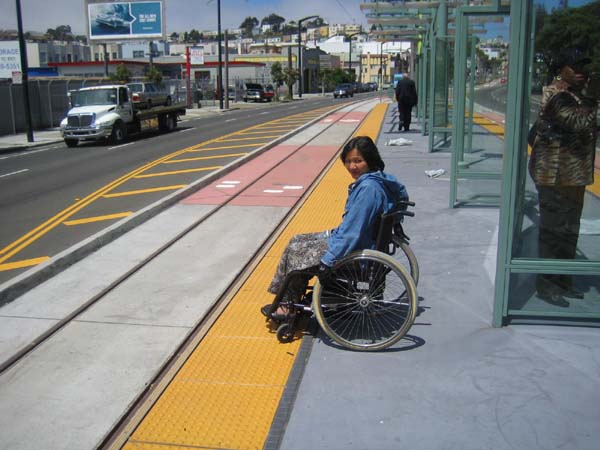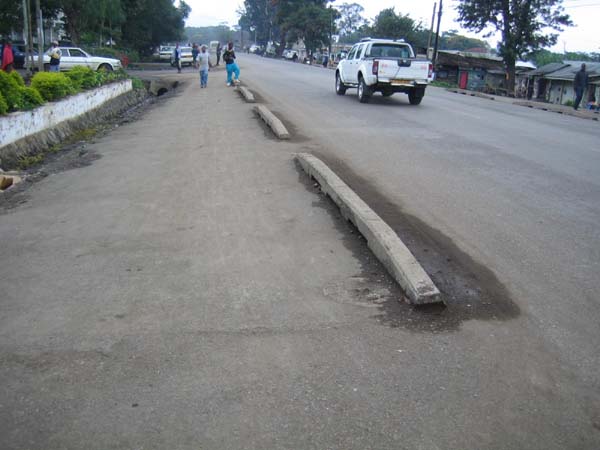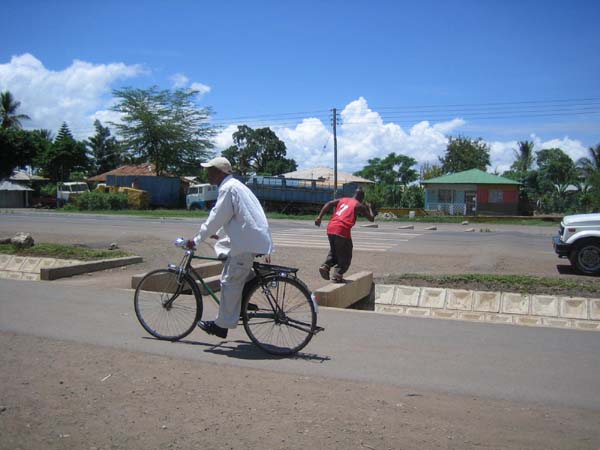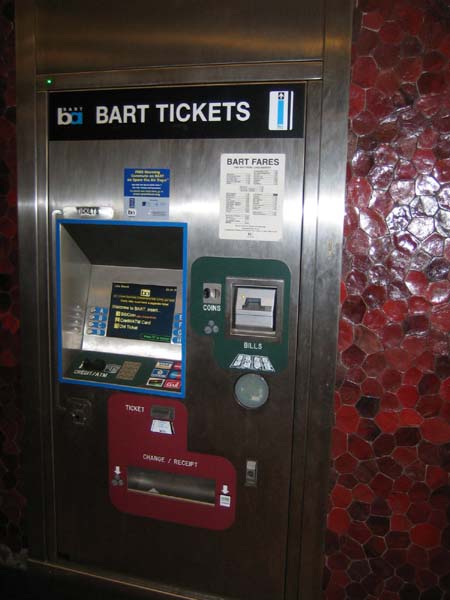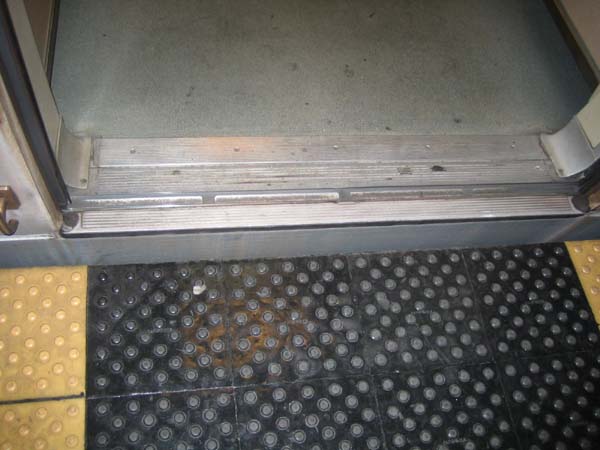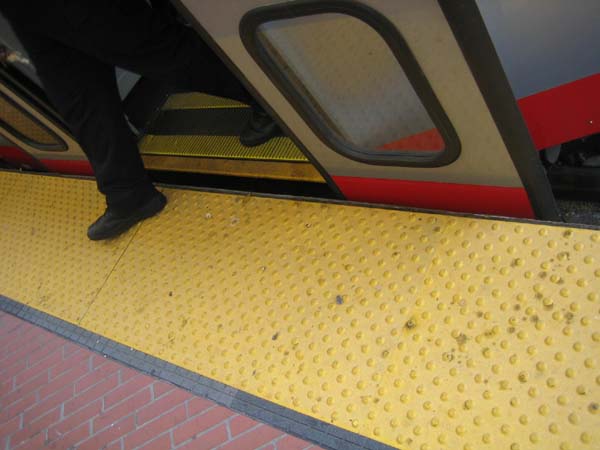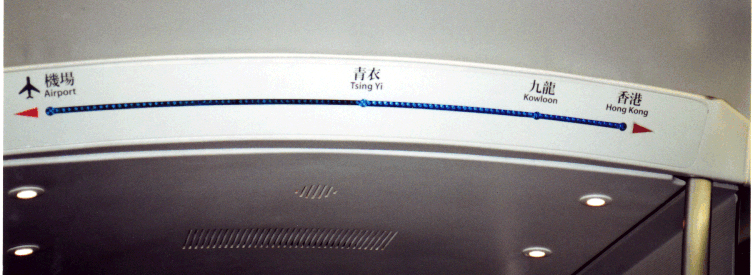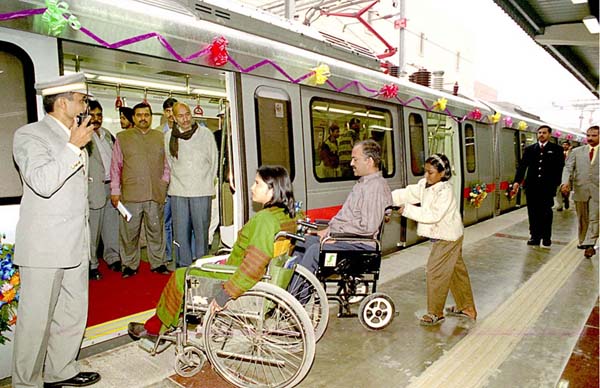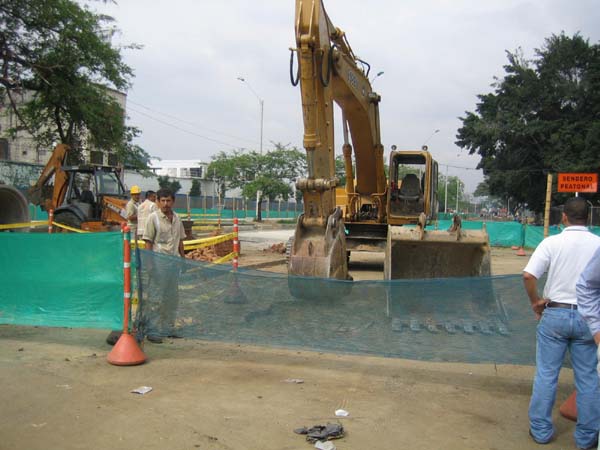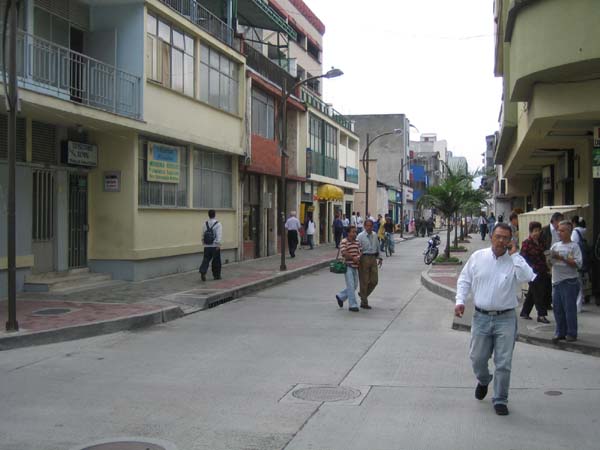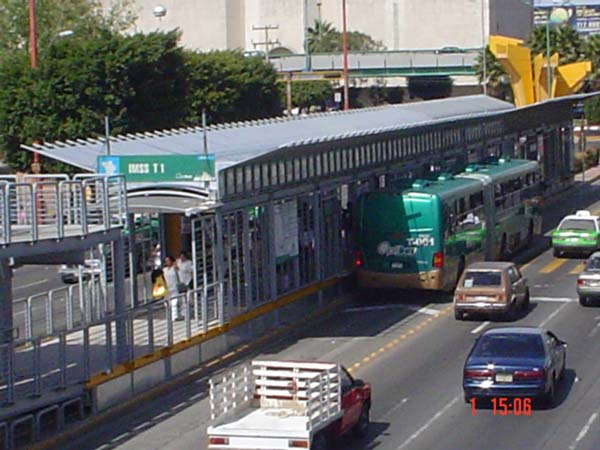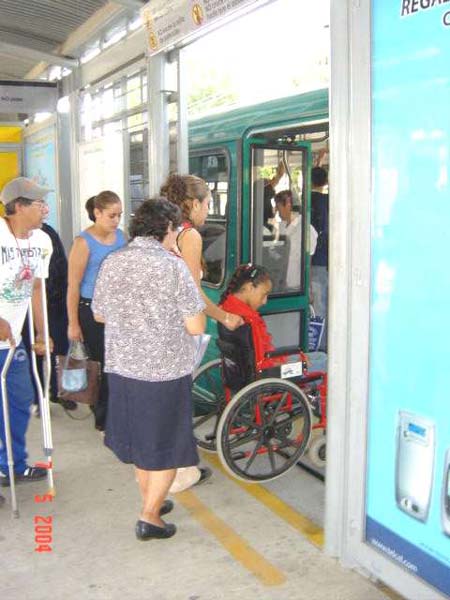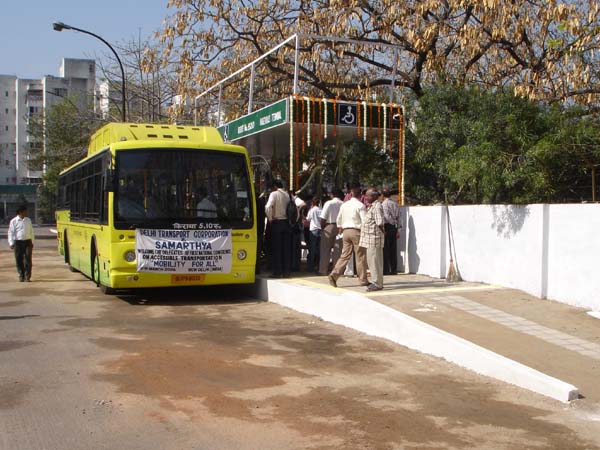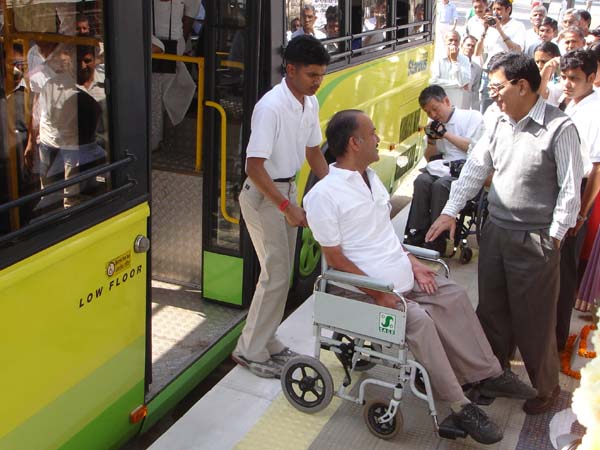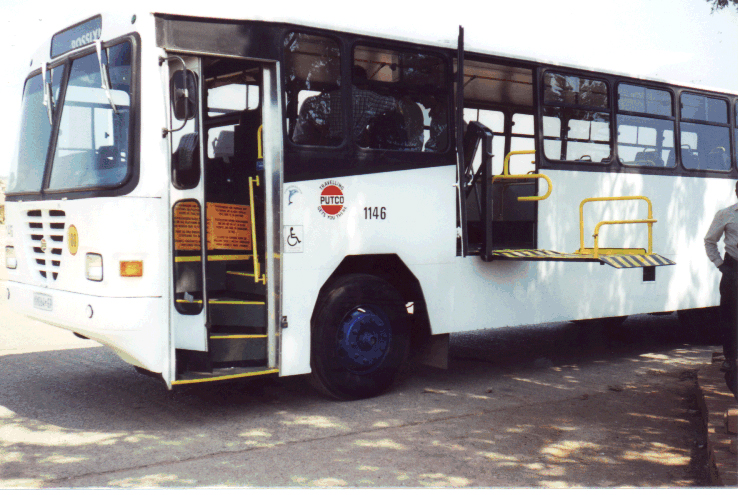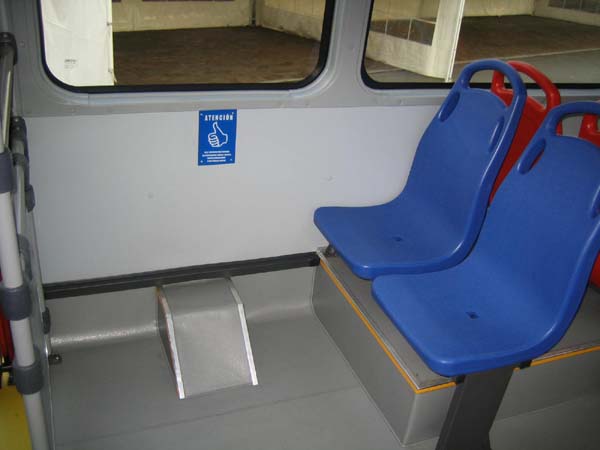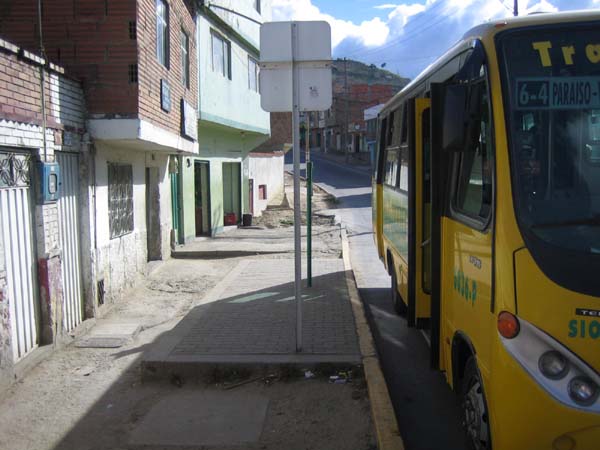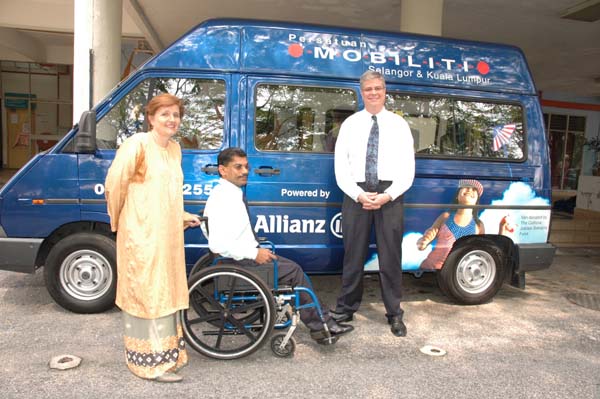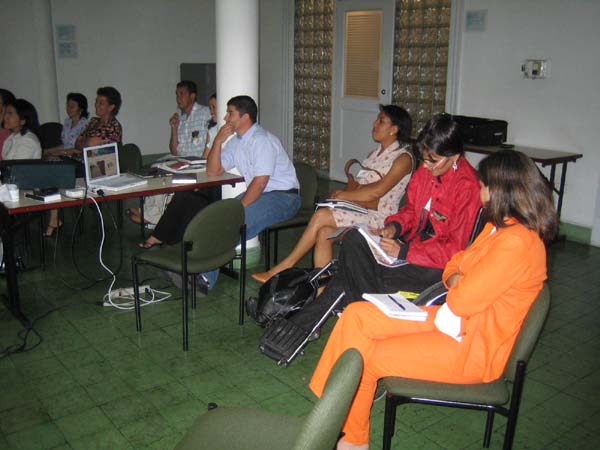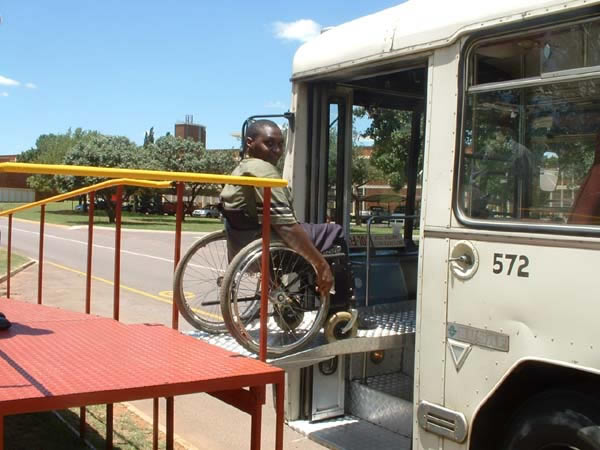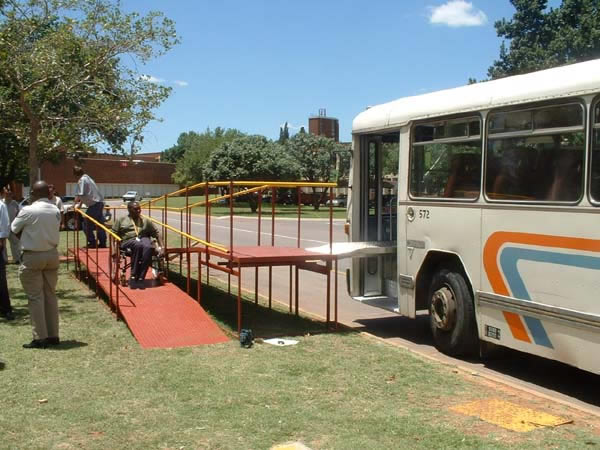Allan BirabiFIRST SEMESTER REPORTAllan Birabi, Ph.D. Supplementary Reflections on Semester 1 2013-2014 under BERKELEY PRIZE Teaching Fellowship at Makarere University
i) How the students’ attitudes towards their work case-specifically, the idea of Universal Design, and those with disabilities changed as a result of exposure to this phenomenon in Semester I; ii) How my work as the responsible tutor might have changed as a result of the course; iii) The impact of the invited users and/or experts in the effort to change prevailing student and, conceivably, teaching attitudes; and iv) Impact of teaching/learning activities on my departmental/collegiate academic Staff and/or administrators' thinking about teaching design as a result of the Fellowship. In my first lecture to the students, I provided Uganda’s contextual categorization of people with disabilities (PWDs) and/or people affected by accessibility barriers as presented by Uganda National Action on Physical Disability (UNAPD, 20101). It includes but is not limited to: People who use wheelchairs; People with limited walking/movement abilities; People with visual impairment or low vision; People with hearing impairment; People with intellectual disabilities; People with psycho-social disabilities; Elderly persons; Pregnant women; People with temporary disabilities; and People carrying heavy or cumbersome luggage. From this viewpoint, a brief survey was conducted with the students to gauge their attitudes particularly towards PWDs. During the lecture, a lively debate of mixed socio-cultural, historical, ethnographical and anthropological undercurrents unfolded the realization of several indigenous African ethnic, tribal, social and spiritual myths associated with PWDs that still persist in Uganda in particular and sub-Saharan Africa at large. Among many parents, for instance, it is regarded a waste of money and an unnecessary hassle to send the physically handicapped such as the deaf, the blind or the cripple to school. This is due to the fact that their conditions are superstitiously demonized and are regarded a disgrace linked to some bad lack, evil spell, some curse or judgment and punishment from the gods or ancestors for some misdeed by their parents/relatives. Consequently, these children are heavily marginalized and some low-income families that would be willing to send Children with Disabilities (CWDs) to school would rather educate able-looking children. Apparently, it is on record that since time immemorial children born with disabilities in Africa have been routinely killed immediately after birth by parents and mid-wives although it is on a lesser scale today because of increasing awareness that disability is no fault of these children. The debate further unfolded that these mindsets coupled with ignorance and discrimination have led to both Africa’s public and private sectors, local and central governments to consistently neglect and shun PWDs in education, employment, safety, security, and their accessibility comfort particularly in urban built environments; and that the enterprise of architectural education is an equal culprit in this predicament. Indirectly, it is implied that it is up to PWDs to catch up with the ‘ideal’ built environment designed in accordance with non-disability standards of form, functionality, durability and aesthetics. In this connection, the trend in Makerere University has been that of some ‘invisible policy’ to discourage students with disabilities from pursuing the B.Arch program. In 2000, the first ever student in a wheelchair who was resolute to pursue this program fell out simply because accessibility to lecture rooms was completely problematic between different levels of the Old Building of the then Faculty of Technology of Makerere University. Ever since, no other ‘Student With Disability’ has attempted the program. However, now from the viewpoint of not only the students, but as well as fellow departmental/collegiate academic Staff, administrators and myself fully realizing the probability of any of us getting into a state of a person with disability, there has emerged augmented zeal and resoluteness to learn to design built environments rich in accessibility for all categories of end-users without discrimination. Dramatically, after the just concluded Semester I, this is now poised to become part of the key components of the philosophy of design of Makerere Architecture School towards public/private buildings, public transport systems, public spaces, etc. During crits in the course of the semester, popular slogans ranged from: Towards Disabled-Friendly Design; Barrier-Free Design; All-Inclusive Win-Win Design; Universal Design; to Makerere Disability students’ slogan of ‘Nothing Without Us’. Powered by the above-stated paradigm shift in philosophical perspectives, the students have gained practical attitudinal change through visual artistic expression on paper and tangible modeling to quickly notice deficiencies of Universal Design and heightened ability to detect and question past failures on this matter in Kampala’s built environment. As well, students now exhibit attitudinal competences in innovating ‘best value frameworks’ and practices for dealing with respective shortcomings in all manner of indeterminate situations so as to attain universal design. Looking back, a further critical reflection resulting from exposure to this phenomenon is the triggering off of an attitudinal detoxication of minds not only of the students but as well as fellow departmental/collegiate academic Staff, administrators and also myself to free ourselves from above-enumerated mythical prejudices and unscientific beliefs against PWDs. In this connection, there is augmented willingness among the academic Staff and administrators to collectively improve pedagogy, course design and curriculum development empathetic of PWDs’ accessibility to the built environment and diminution of barriers. In fact, reflecting on Makerere University’s ‘invisible policy’ to discourage students with disabilities from pursuing the B.Arch program, the attitude now is that the Architecture program needs to open up to equally admit Students With Disabilities (SWDs) at least if they are sighted. As well, it is the feeling that the University should correspondingly cater for ergonometric comfort of their studio workplaces so as to maximize their scholarly productivity and professional excellence. Look back again, the syllabus structure for Fellowship also incorporated invitation of users and/or experts concerned with the impetus of better accessibility for PWDs in modern urban built environments. As such, a consultant from the Faculty of Special Needs and Rehabilitation (FSNR) of Kyambogo University (KYU), was targeted owing to the fact that the Faculty is an invaluable treasure trove of the Departments of Community and Disability Studies (CDS) and Special Needs Studies (SNS). Correspondingly, FSNR has first hand research and publications on PWDs, and KYU awards the Diploma in Special Needs Education (2 yrs); the Diploma in Sign Language Interpretation (2 yrs); the Diploma in Mobility and Rehabilitation, the only kind in Africa; the Bachelor of Education in Special Needs Education (2yrs); and the Postgraduate Diploma in Special Needs Education (1 yr). Another consultant was targeted from Uganda National Action on Physical Disability (UNAPD), a native Ugandan organisation dedicated to the removal of barriers in society, which prevent People with Physical Disability (PWPD) from enjoying their full rights. As the authority body over accessibility standards for PWDs/PWPDs in Uganda, it was therefore deemed appropriate to consult an expert from the Organisation so as to accord more enriching insights of accessibility for PWDs/PWPDs to the BERKELEY PRIZE Teaching Fellowship program. The consultants were therefore purposed to provide first-hand accounts of the sort gaps architects are expected to fill as architectural design experts to make the ‘Kampala City’ barrier-free and universally accessible for all. Regrettably, however, following some indeterminate re-opening of Makerere University due to financial matters after some closure, the consultants could not quickly fit in the revised almanac of the University. Hence, as close substitute, reference was made to the work of Arch. Phyllis Kwesiga, a Ugandan consultant architect who has worked closely with UNAPD in the past to develop accessibility standards for PWDs/PWPDs in Uganda. In as far as my work as the responsible tutor is concerned, I note with a deep sense of gratitude to the BERKELEY PRIZE Teaching Fellowship for revolutionalizing, remodeling, and transforming my theoretical/hypothetical, conceptual, contextual, pedagogical, and designerly thinking against historically misguided imposition of non-disability standards alone for configuring not only the urban but as well as rural built environments. A corresponding impact is evident on my colleagues in the Architecture Department in particular and the College in general coupled with administrative and other support Staff who are all increasingly beginning to appreciate the valuable mission the BERKELEY PRIZE Teaching Fellowship and its thrust on tutoring Universal Design in architectural education. A major attitudinal spin-off is now the on-going debate to consider the post- BERKELEY PRIZE Teaching Fellowship era denoting continuity and/or sustainability of the Universal Design Ethos not only for the B.Arch program but across other design-based programs taught at Makerere University. 1. UNAPD (2010). Accessibility Standards A Practical Guide to Create a Barrier-Free Physical Environment in Uganda. Kampala: KOBE Entrante.
Additional Help and InformationAre you in need of assistance? Please email info@berkeleyprize.org. |
|






